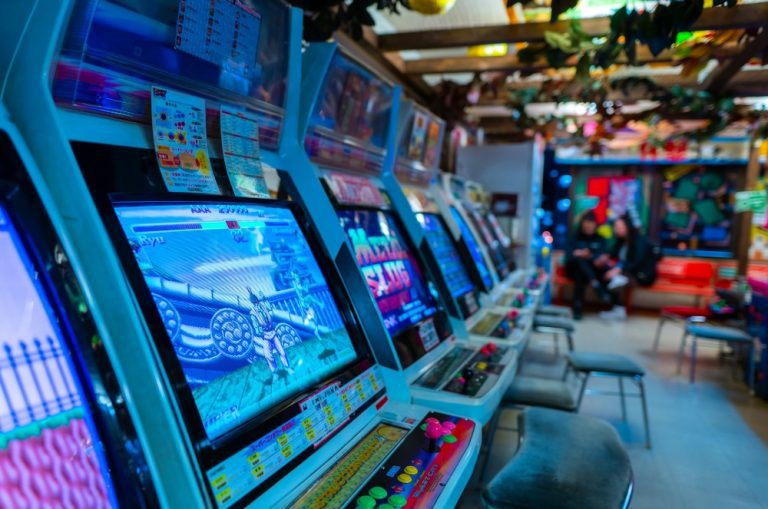Japanese arcade games have long been a cornerstone of global gaming culture, influencing not just how games are played but how they are designed and experienced. From the simple pixelated shooters of the 1980s to modern, graphically rich arcade experiences, Japan’s arcades have continually pushed the boundaries of interactive entertainment. One particularly fascinating evolution in this landscape is the journey from Salamander, the classic shoot ’em up, to Salam JP, a modern iteration that blends nostalgia with innovation.
The Birth of a Classic: Salamander
Released in 1986 by Konami, Salamander quickly became a standout in the shoot ’em up genre. Building on the success of Gradius, it introduced co-op gameplay, vertical and horizontal scrolling stages, and a memorable soundtrack that gamers still recall fondly. Unlike many of its contemporaries, Salamander offered dynamic gameplay elements, including power-ups and challenging boss battles that required precision and strategy. It wasn’t just a game; it was an experience that drew players into the world of arcade mastery.
Japanese Arcade Culture: A Playground for Innovation
During the late 1980s and 1990s, Japan’s arcades were cultural hubs. Arcades weren’t just places to play—they were spaces for social interaction, competition, and technological experimentation. Developers like Konami, Namco, and Capcom thrived in this environment, constantly pushing hardware capabilities and experimenting with new genres. The success of games like Salamander demonstrated that Japanese developers were not content to merely follow trends; they sought to define them.
Evolution Through Technology: From Pixels to Polygons
As arcade hardware evolved, so did the complexity and sophistication of games. The 1990s introduced more advanced graphics, enhanced sound systems, and multi-directional controls, allowing for richer and more immersive gameplay. Games began to incorporate storylines, character development, and cinematic elements—far beyond the basic objectives of early shooters. This period set the stage for a seamless transition from classic 2D arcade experiences to the 3D and hybrid formats seen in later decades.
Salam JP: Bridging Nostalgia and Modern Gameplay
Salam JP is a testament to how classic concepts can be reimagined for contemporary audiences. While retaining the core shoot ’em up mechanics that made Salamander beloved, Salam JP introduces updated graphics, refined controls, and new gameplay elements that appeal to both veteran gamers and newcomers. Power-ups are more strategic, enemy patterns more complex, and the audio-visual experience is designed to immerse players fully. The game exemplifies how Japanese arcade developers honor legacy titles while pushing innovation forward.
Why Salam JP Matters in Japanese Gaming History
Salam JP is more than just a modern arcade game; it’s a cultural touchstone. It connects generations of gamers, preserving the thrill of classic arcade shooting while embracing modern technology. Moreover, it underscores Japan’s ongoing influence in the gaming industry, reminding the world that arcades are not relics but evolving spaces for creativity and competition.
The Future of Japanese Arcade Games
The trajectory from Salamander to Salam JP illustrates a broader trend: Japanese arcade games continue to evolve by blending nostalgia with innovation. With VR, AR, and online multiplayer integration becoming increasingly common, the future promises arcade experiences that are even more immersive and socially connected. Yet, no matter how advanced technology becomes, the foundational spirit of games like Salamander and Salam JP—challenge, skill, and fun—will remain central.
Conclusion
From the pixelated battles of Salamander to the sleek, modern design of Salam JP, Japanese arcade games exemplify a legacy of creativity and innovation. These games have not only entertained generations but have also shaped global gaming culture. By understanding this evolution, we can appreciate how past classics continue to inspire modern innovations, ensuring that the heart of Japanese arcade gaming remains vibrant for years to come.


